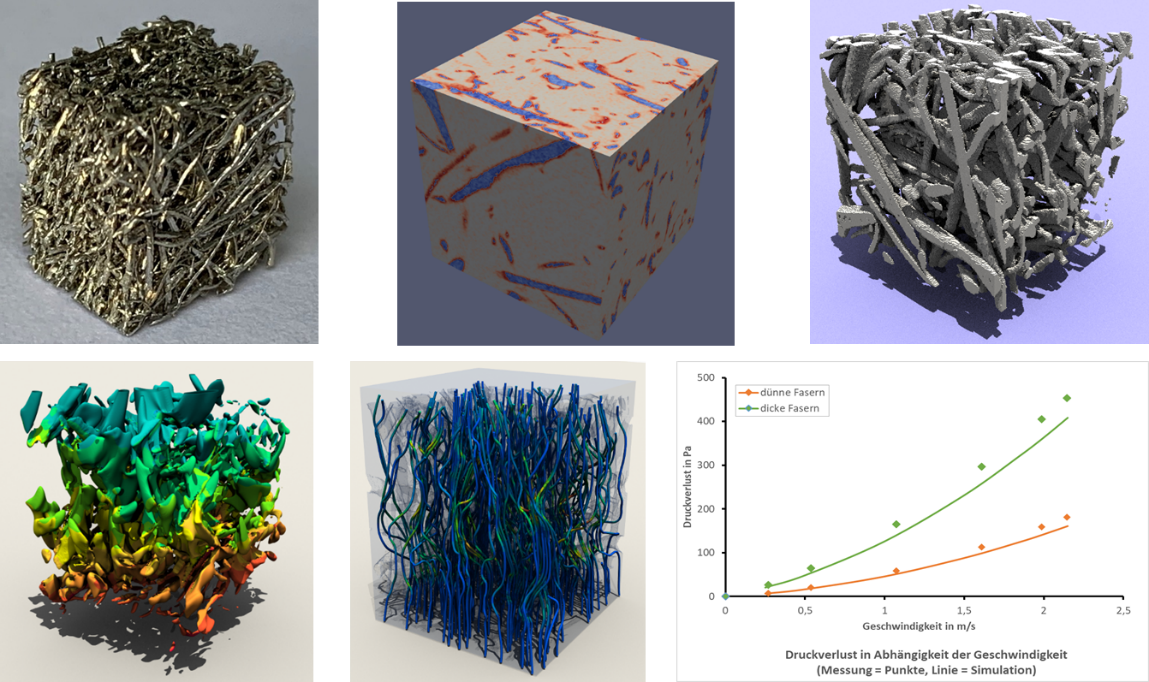Added value of simulations at a glance
Mathematical simulation of momentum, heat, and mass transport processes is an important tool in the thermal and fluid engineering design of energy components. The benefits include:
- Reduction of costs using virtual prototypes and digital twins by reducing physical test loops
- Shortening of time to market for products through faster design iterations
- Reduction of risks through reliable data prior to investment
- Sustainability through low material usage and energy consumption
At Fraunhofer IFAM Dresden, you can benefit from our many years of experience in the field of simulation, direct link to experimental validation in our thermal engineering laboratory, and the direct integration of our expertise in materials development.
 Fraunhofer Institute for Manufacturing Technology and Advanced Materials IFAM
Fraunhofer Institute for Manufacturing Technology and Advanced Materials IFAM


